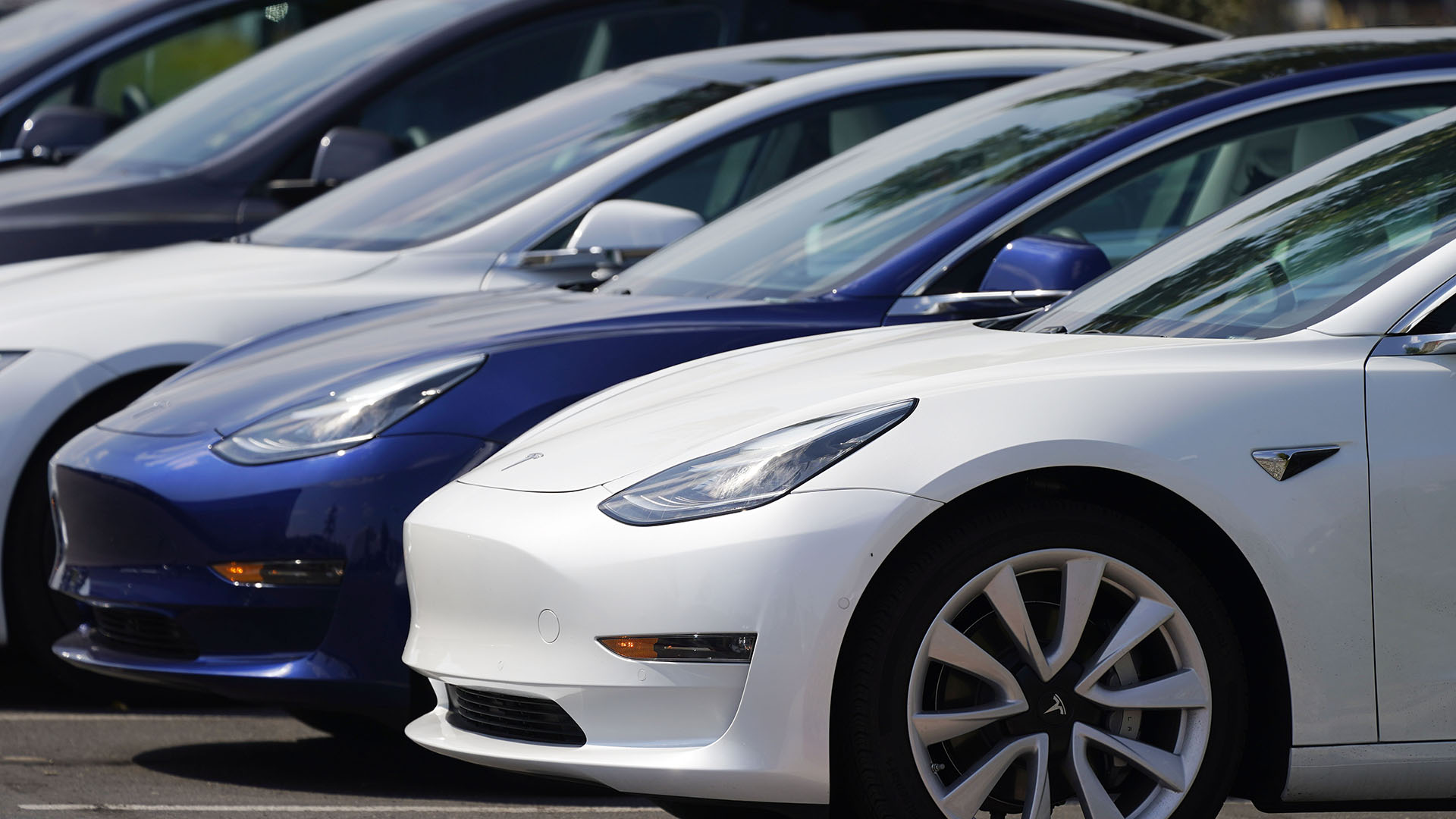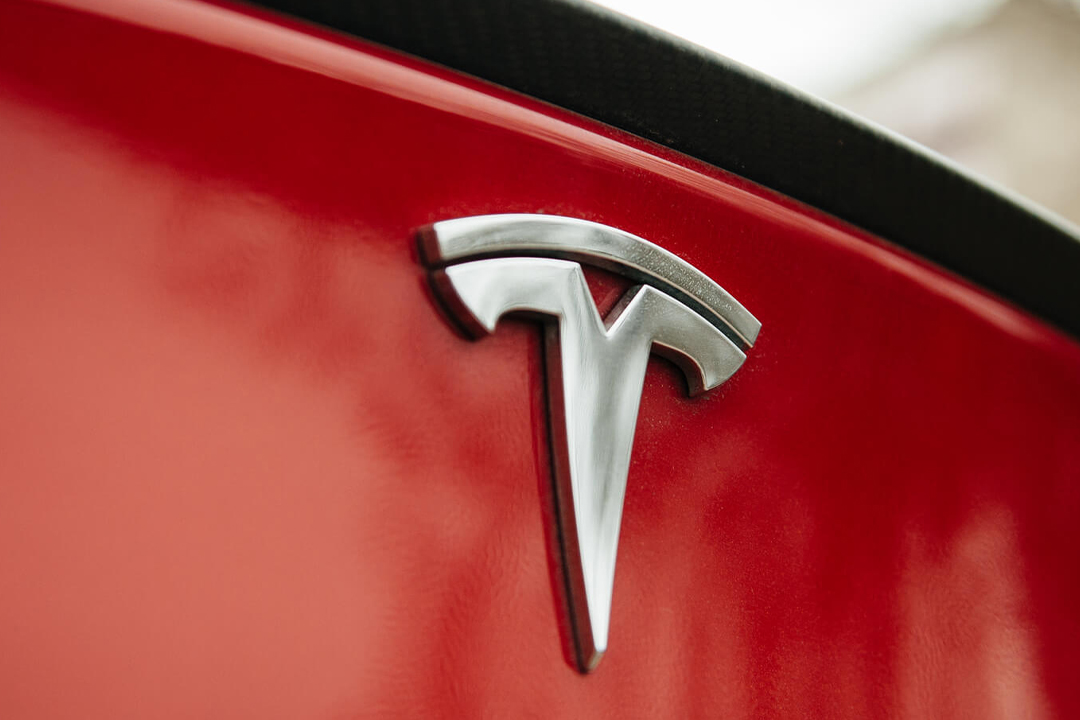

Tesla, like many other car companies, experienced a surge of pent-up demand during the first half of 2021. Despite experiencing some supply chain issues, the California-based electric automaker learned that consumers were buying up just about any vehicle they could get their hands on, including more than 200,000 Teslas.
On Monday, Tesla held its quarterly earnings call to give a briefing on its finances and a general update on the state of the company. It announced records profits, delays of its products, and an alteration to its Supercharger network that allows non-Tesla vehicles to top off their batteries. Here’s everything you might have missed.

Tesla Posts First Profit Without Emissions Credits
Tesla reached an important milestone during this year’s second quarter: independent profitability. Now, Tesla has been profitable as a whole for the previous eight quarters—that’s not the big news here. Instead, it’s important to look at how the automaker made its money, which has historically relied on the sale of emissions credits to other manufacturers (and also Bitcoin).
Q2 was different because Tesla was able to post a profit without the sale of these regulatory credits, making it the first time where Tesla was truly profitable from its products and services alone. In total, Tesla sold more than 200,000 vehicles in the quarter along with an uptick in sales of its energy products.
This was also the first time Tesla surpassed $1 billion in GAAP income. Now, Tesla did sell some credits during this time period; however, it represented $354 million of this income.
Non-Tesla Vehicles May Soon Use Superchargers
Tesla’s Supercharger network may no longer be a walled garden for branded vehicles. CEO Elon Musk touched on this last week, noting that the automaker planned to make its fast charging network available to other makes and models later in 2021, but more details were given during the earnings call.
“We’re currently thinking it’s a real simple thing where you just download the Tesla app, and you go to Supercharger. And you just indicate which stall you’re in. So you plug in your car, even if it’s not Tesla,” explained Musk.
Tesla is looking to make the charging process as seamless as possible for owners. In North America, this is a bit challenging due to Tesla’s charging connector which strays from typical CCS or Type 2 connectors found at non-proprietary stations across the U.S.
Musk says that the connector itself is a North America problem and that consumers will need to use an adapter. This could turn out to be another money maker for Tesla, as many consumers are willing to pay a premium in order to use the large charging network.
A number of Tesla owners aren’t as happy with this decision.
Andrew Baglino, Tesla’s senior vice president of powertrain and energy engineering, says that the move will allow Tesla to adjust its pricing to be more affordable for the customer while still being profitable. Meanwhile, the network will continue to aggressively grow and implement certain safeguards and strategies to protect against congestion.
Musk also touched on this, noting that Superchargers will charge non-Tesla vehicles based on the time that they occupy the charging stall, giving an incentive to charge for the least amount of time possible in order to free up stalls. The automaker also plans to revise its pricing to provide variable rates based on peak usage times.
Tesla Semi Delayed
Tesla first unveiled its Semi concept in 2017. Since then, companies have placed reservations in hopes to receive a truck after the platform went into production around the end of 2020. The vehicle was later delayed until 2021, and then yet again this week to 2022 with the release of Tesla’s Q2 financials.
This news follows the departure of Tesla executive Jerome Guillen who led Semi development from 2018 until March 2021. Guillen’s departure was not noted during the call.
Tesla blames both supply chain challenges and battery cell supply for the delay. Tesla plans to use its new tabless 4680 cells for the Semi, as it requires energy-dense packs in order to meet its range targets. However, Tesla says that it’s still working to perfect this battery tech.
The delay in 4680 cells also affects the Cybertruck, which has been slated for a 2021 release since its debut in 2019. While not officially delayed, Tesla still lists the vehicle as “in development,” and in its shareholders’ letter noted that the Cybetruck was secondary to the Model Y at Gigafactory Texas, which is currently still being constructed and on track to building its first vehicles this year.
Tesla Says It Needs to Make Full Self-Driving “Work”
You can now buy a $199 per month subscription to Tesla’s controversial Full Self-Driving beta program, but Elon Musk isn’t sure that you should.
In fact, the CEO says that he believes the company still needs to make FSD “work” to convince consumers that they should purchase the feature. Meanwhile, the system is having difficulties of its own that aren’t exactly confidence-inspiring.
“We need to make Full Self-Driving work in order for it to be a compelling value proposition,” said Musk. “Otherwise, people are kind of betting on the future. Like right now, does it make sense for somebody to do FSD subscription? I think it’s debatable. But once we have Full Self-Driving widely deployed, then the value proposition will be clear.”
Owners who paid for FSD can enable the new features, which, in addition to turning everyone around them into unwitting beta participants, warns drivers to “be paranoid” about how the car will react when the Level 2, semi-autonomous driver assistance system is enabled.
Musk also says it would be “rare” for an individual to not use Tesla’s FSD feature if they had it, meaning that the automaker could expect a significantly high take-rate of its FSD software, whether it be by subscription or outright purchase.
Musk Is Too Busy For Earnings Calls
On a Top Gear-level bombshell, Elon Musk revealed that he won’t necessarily be a part of Tesla’s earnings calls moving forward. The exception, of course, will be the company’s annual shareholders meeting, or if Musk has some sort of important announcement to make about a product or other matter.
This comes just days after Musk testified that Tesla “would die” if he were no longer the CEO during the SolarCity acquisition trial in Delaware, and has set off a number of mixed reactions across the automotive industry. While some give Musk kudos for spending his time more wisely, others say that this is more of a sound financial move for Tesla investors. Perhaps because Musk often lets slip quips regarding the price of the company’s stock being too high, or questions if consumers should be buying the automaker’s Full Self-Driving product.
Musk did note, though, that he would be willing to be interviewed by Tesla-focused YouTube channels at least once.
Got a tip or question for the author? Contact them directly: rob@thedrive.com